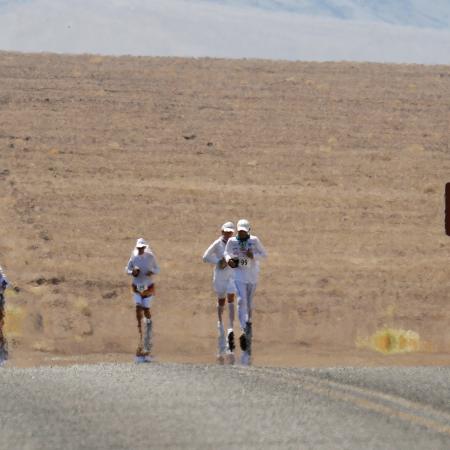If you’ve been following environmental news this week, you’re probably aware that the heat this week wasn’t just copious — it was record-setting. Not just for one particular location, either; this week saw the highest average temperature for the entire planet. It’s a chilling milestone — but it also raises a few questions, notably: how exactly do you measure that and then compare it with data from bygone years?
That’s a question that Scott Dance addressed in a new article for The Washington Post. He cites data from weather stations as providing precise information on temperature fluctuations and increases in recent centuries — with a number of methods, including revisiting historical diaries and analyzing samples taken in nature, used to get a sense of historical climate patterns going back thousands of years.
The planet’s orbit has also played a role in its relative warmth, or lack thereof. At a time 6,000 years ago — when some scientists believe the planet may have been as hot as it is now — that heat came in part from the Earth’s orbit bringing the land-heavy Northern Hemisphere closer to the sun. Once again, the more scientist know about the planet, the more they have on hand for extrapolation purposes.
Now You Can Calculate the Cost of Climate Change on Coastal Cities
Stark design and plenty of informationWhat’s even more alarming is the evidence scientists have gathered which suggests that the planet is the warmest it’s been in at least 100,000 years. Penn State’s Richard Alley told the Post that there’s one significant difference between then and now, however — this time, the increase in heat is “caused by us.” It’s a sobering historical fact to consider.
Thanks for reading InsideHook. Sign up for our daily newsletter and be in the know.


















